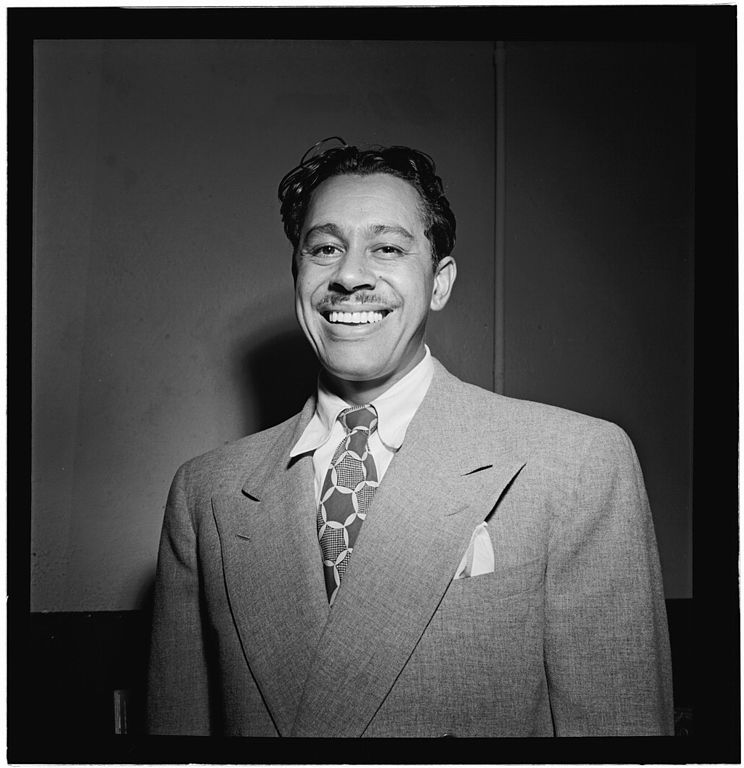The families of Cab and Blanche Calloway are calling on the public’s support to preserve the rowhouse where the jazz pioneers lived in as teenagers almost 100 years ago. The Baltimore Sun reports that the house, as well as the rest of the 2200 block on Druid Avenue, is at risk of demolition. The city plans to replace the houses with a green space that will be called the Cab Calloway Square and will use bricks from the original house in its design.
Calloway was born in 1907 and died at age 86 in 1994. A celebrated singer, dancer, and bandleader, he was known as the “King of Hi-De-Ho” for his exuberant style of scat singing. He was a favorite performer at Harlem’s Cotton Club and got his musical start in Baltimore, which he called “one of the great centers of jazz.”
According to Calloway’s family and several preservation organizations, the city’s current plan does not go far enough to preserve the jazz siblings’ legacies. The family released a statement that says, “The legacy of Blanche and Cab Calloway is larger than these two individuals. Their legacy represents significant innovations in American music, Baltimore’s Black cultural heritage, as well as an industrious spirit that serves as an example for generations to follow. We are confident that all parties involved can unite to preserve the precious history represented by this property.”
Five of Cab Calloway’s family members, including two of his three living children, have begun building a coalition of neighborhood partners and friends who will assist in transforming the dilapidated home into a landmark. The African American Cultural Heritage Action Fund and the Tupac Amaru Shakur Foundation have already joined the cause and are pressuring the city to reconsider their plans.
Tammy Hawley, a spokeswoman for Baltimore’s Department of Housing and Community Development, said that while “no immediate course of action [is] taking place,” the house is owned by the city and could be greenlit for demolition at any point in the fiscal quarter that began on July 1, but that such a decision is expected to take “at least three-to-six months.” Hawley claims the department is following the community’s lead and that there’s plenty of time for new ideas to be brought forward.
According to Anthony Pressley, Executive Director of the Druid Heights Community Development Corporation, community members are on board with the city’s plan to replace the block with a public park. He claims the houses on Druid Avenue have been empty since the 1968 riots that came as a result of Dr. Martin Luther King Jr.’s assassination.
Leon Pinkett, the City Councilman who represents the neighborhood says the house appears structurally unsound and he is doubtful whether it can be successfully restored. Still, he is hopeful that the community can work with Calloway’s family to find a solution that works for everyone and adequately honors the jazz musician’s legacy.
Pinkett told the Baltimore Sun that, “Cab’s family and the Druid Hill community are going to have to come together and figure out how to memorialize his legacy. Whether that’s preserving the house or dedicating a park with a monument to Cab, I think it’s too soon to say.”
The neighborhood in which Calloway’s house is located was recently designated as an official arts and entertainment district, which the family points to as justification that the home should be preserved.
One of Calloway’s most popular performance venues was the nearby historic Royal Theater, which was torn down in 1971. The Royal Theater & Community Heritage Corp.’s president James Hamlin defended Calloway’s family’s campaign, saying, “Our concern is that so much of our history is constantly being torn down, and we need to put a stop to it.”
An online petition to save the house was started by Calloway’s grandson Peter C. Brooks and has almost 1,000 signatures. The family shares their vision for the house on their website, thecallowayhome.org, and provides options for those who want to support its preservation.
